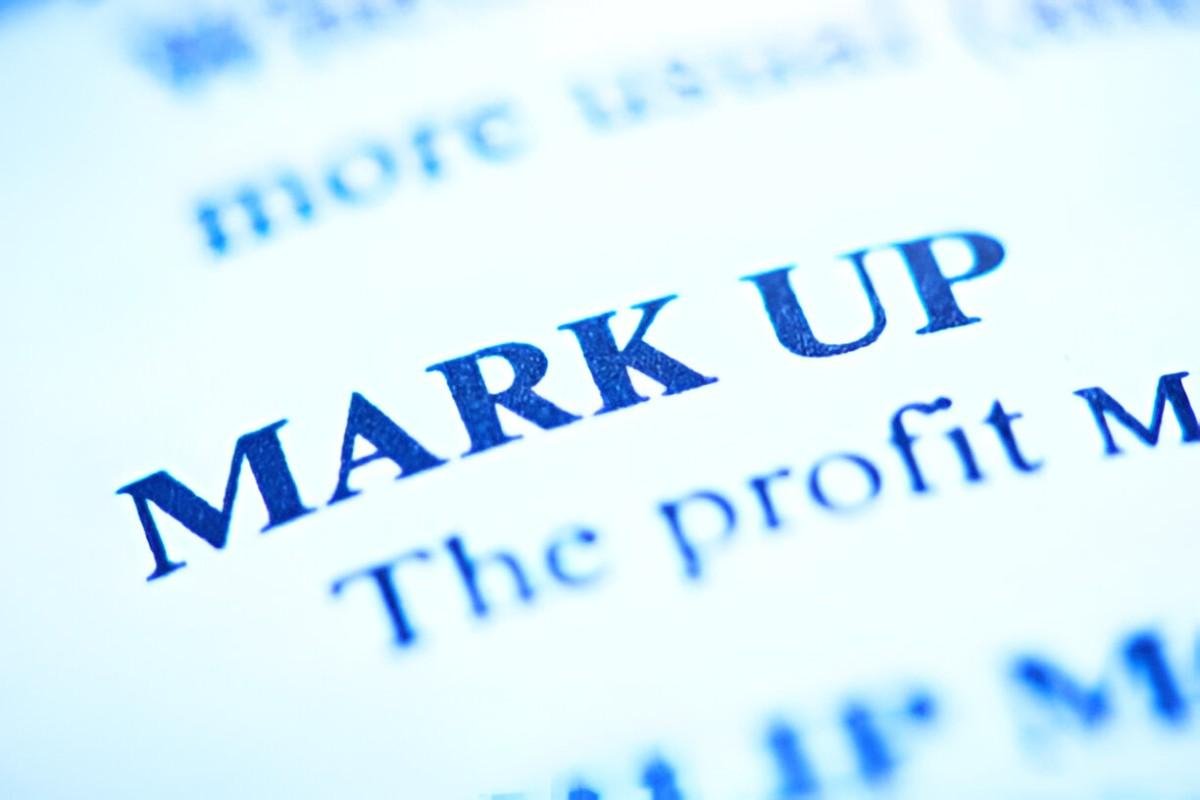Mark-up is a fundamental concept in finance, accounting, and business pricing strategies. Whether you run a small retail store, a manufacturing firm, or a service-based business, understanding mark-up helps you set profitable prices. In this article, I break down mark-up from multiple angles—its definition, calculation methods, industry-specific applications, and common mistakes businesses make.
Table of Contents
What Is Mark-Up?
Mark-up refers to the difference between the cost of a product or service and its selling price. It represents the amount added to the cost price to cover overheads and generate profit. Businesses use mark-up to ensure sustainability, but setting it too high or too low can impact competitiveness.
Mark-Up vs. Margin: Clearing the Confusion
Many people confuse mark-up with profit margin, but they are different.
- Mark-Up: Expressed as a percentage of cost.
- Profit Margin: Expressed as a percentage of the selling price.
For example, if a product costs $50 and sells for $75:
- Mark-Up = \frac{Selling\ Price - Cost\ Price}{Cost\ Price} \times 100 = \frac{75 - 50}{50} \times 100 = 50\%
- Profit Margin = \frac{Selling\ Price - Cost\ Price}{Selling\ Price} \times 100 = \frac{75 - 50}{75} \times 100 = 33.33\%
This distinction is crucial for accurate financial planning.
How to Calculate Mark-Up
The standard mark-up formula is:
Mark\text{-}Up\ Percentage = \left( \frac{Selling\ Price - Cost\ Price}{Cost\ Price} \right) \times 100Example Calculation
Suppose you own a bakery and produce a cake for $20. If you sell it for $30:
Mark\text{-}Up\ Percentage = \left( \frac{30 - 20}{20} \right) \times 100 = 50\%This means you apply a 50% mark-up on the cost.
Alternative: Determining Selling Price from Mark-Up
If you know the cost and desired mark-up percentage, you can calculate the selling price:
Selling\ Price = Cost\ Price \times (1 + Mark\text{-}Up\ Percentage)For instance, if a laptop costs $800 and you want a 25% mark-up:
Selling\ Price = 800 \times (1 + 0.25) = \$1,000Industry-Specific Mark-Up Practices
Mark-up percentages vary across industries due to differing cost structures and competitive pressures. Below is a comparison table:
| Industry | Typical Mark-Up (%) | Reasoning |
|---|---|---|
| Retail (Electronics) | 10% – 20% | High competition, thin margins |
| Restaurants | 60% – 80% | High overhead (labor, rent) |
| Jewelry | 100% – 200% | Perceived value, craftsmanship |
| Construction | 15% – 35% | Material costs, labor fluctuations |
Case Study: Retail Clothing Store
A T-shirt costs $10 to produce. The retailer applies a 100% mark-up, selling it for $20. However, after rent, salaries, and marketing, the net profit margin may only be 15%. This illustrates why businesses must consider both mark-up and operational costs.
Common Mistakes in Mark-Up Pricing
1. Ignoring Variable Costs
Some businesses only consider direct material costs, ignoring labor, shipping, and storage. This leads to underpricing.
2. Overestimating Customer Willingness to Pay
A high mark-up may deter price-sensitive buyers, reducing sales volume.
3. Failing to Adjust for Market Changes
Inflation or supply chain disruptions increase costs. If mark-ups remain static, profits shrink.
Advanced Mark-Up Strategies
Dynamic Mark-Up Pricing
E-commerce giants like Amazon adjust mark-ups in real-time based on demand, competition, and inventory levels.
Psychological Pricing
A $49.99 price tag (instead of $50) with a calculated mark-up can increase sales without sacrificing profitability.
Final Thoughts
Mark-up is more than just a pricing tool—it’s a strategic decision that affects profitability, competitiveness, and sustainability. By understanding how to calculate it, comparing it across industries, and avoiding common pitfalls, businesses can make informed pricing decisions.





